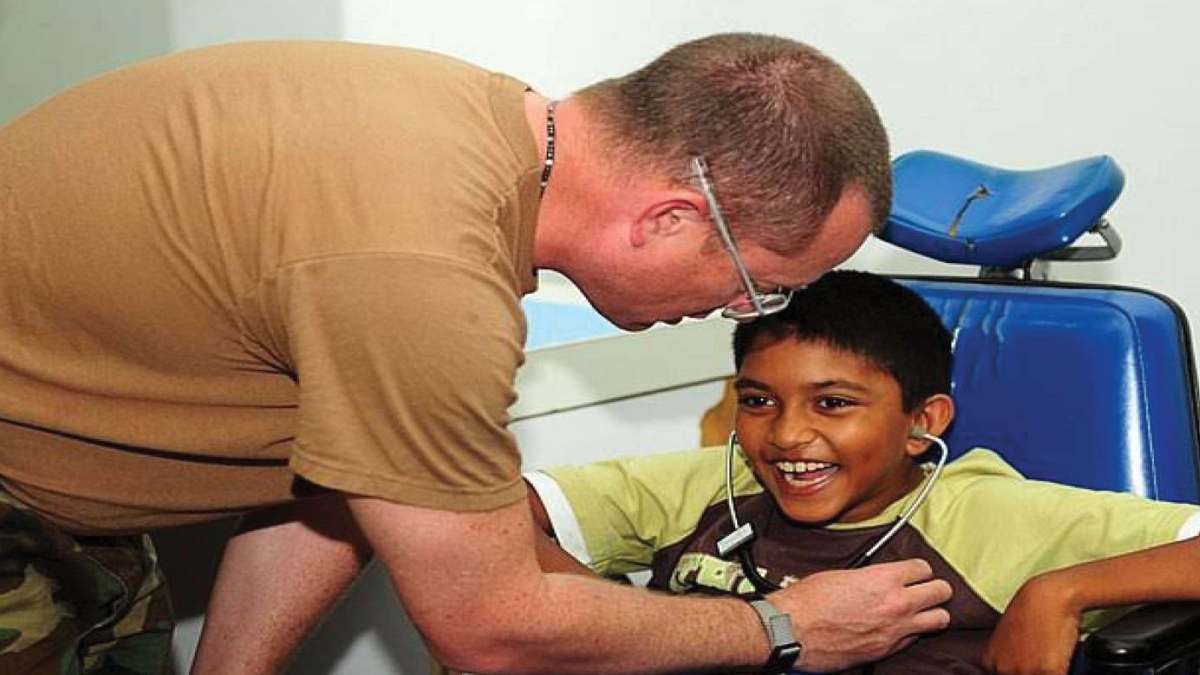
Cerebral palsy is a neurological disorder affecting children characterized by impairment in movement and coordination. It is due to any problem that occurs during or immediately after birth.
It is a non progressive permanent disorder affecting the movement and causing limitation of activity. It is the most common cause of childhood disability. Possible causes include intrauterine infections during pregnancy, hypoxic injury to the brain (due to lack of oxygen) during delivery, Accidental and non accidental trauma.
Premature labour is a significant factor leading to cerebral palsy. This is due to bleeding inside the brain called as intraventricular hemorrhage. It can also be due to insufficient blood supply to the brain. Other risk factors include meconium aspiration, growth restriction inside the uterus, perinatal hypoglycemia.
Genetic studies reveal that half of cerebral palsy without environmental risk factors are due to genomic deletions or duplications
SYMPTOMS
Symptoms vary depending upon the degree of damage to the brain. Some children may have difficulty in walking whereas some have profound disability requiring lifelong care. Children may also have seizures, slow growth, musculoskeletal problems like scoliosis, blindness, deafness, learning difficulties, bladder or bowel incontinence.
TYPES OF CEREBRAL PALSY
• Spastic: The child has increased tone causing stiffness in the legs or arms. If it affects the legs predominantly it is called spastic diplegia, if it affects all four limbs as quadriplegia, if it affects one side of the body hemiplegia.
• Dyskinetic/choreoathetoid: Here there is involuntary movements causing dance like contractions of the muscles.
• Dystonic: There is sustained involuntary contraction causing twisting movements
• Ataxic: There is unsteadiness and lack of coordination.
Prevalence: It is found in 3.8% of the population. Nearly 15-20 % of physically disabled are affected by cerebral palsy in India. Estimated incidence is 3 per 1000 live births.
Evaluation History and physical examination along with radiological investigations help in diagnosing cerebral palsy. In the neonatal period cranial ultrasound helps in diagnosing intraventricular hemorrhage or ventriculomegaly. MRI of the brain helps in detecting pathologies in the neuroanatomy of the motor area of the brain. Various clinical assessment scales are used in the diagnosis. EEG is necessary if the patient has seizures. Genetic workup may be required if there is a family history, dysmorphic features, History of consanguinity.
Management Treatment uses an interdisciplinary approach which includes neurologists, primary care pediatrician, Orthopedician and physical therapist. The aim is improving the quality of life and reducing the burden on caregivers.
Physiotherapy, speech therapy, occupational therapy and medications to reduce muscle stiffness and spasms are used. Medications to treat dystonia and choreiform movements are used. Antiepileptics are used in the patients with seizures. Stool softeners are used for constipation. Orthopedic evaluation is necessary if there is dislocation/subluxation of the hips, scoliosis, equinovarus deformity. Surgical measures include tendon releases, hip derotation /rotation surgery. Surgeries to reduce spascticity include baclofen pump, dorsal rhizotomy (surgical lesion produced in the spinal cord to reduce the tone). Botox injections are used for treating spasticity
Prognosis: Most children live a normal, long and happy lives. Children with mild forms of cerebral palsy have normal life expectancy. Children with severe forms of epilepsy, quadriplegia, severe mental retardation have a worse outcome. Most common cause of death is aspiration. Good prognostic factors include sitting by age of 24 months and crawling by age of 30 months. Poor prognostic factors include not achieving head balance by 20 months and not crawling by age of 5 years.
Improving outcome: It is imperative for the clinicians to recognize the signs and symptoms of cerebral palsy at the earliest. Early interventions can improve the functional outcomes due to neuronal plasticity. Educating and training the care giver will help in alleviating the physical and psychological burden.
The writer is a consultant – neurology, KMC Hospital, Mangalore.